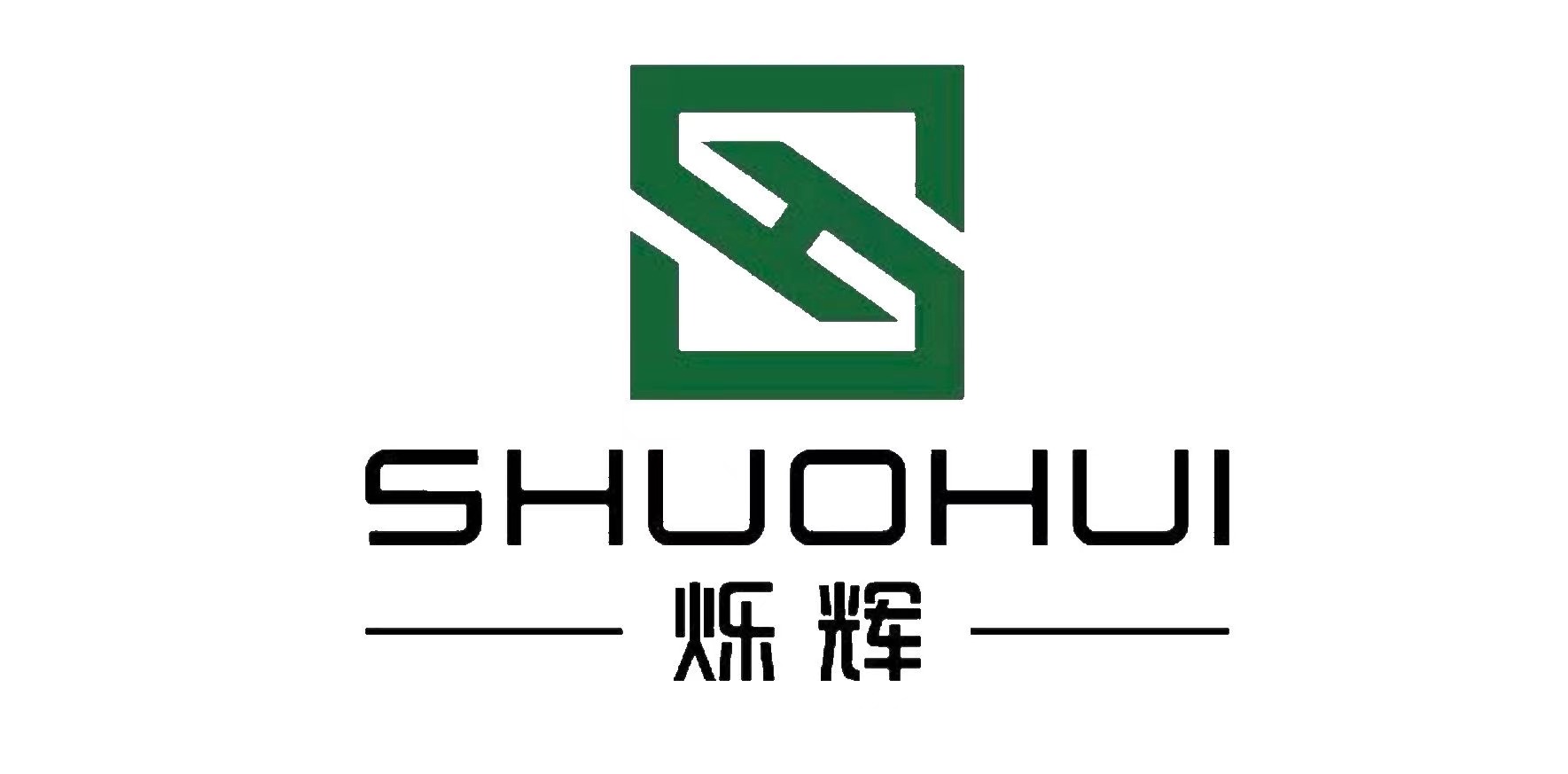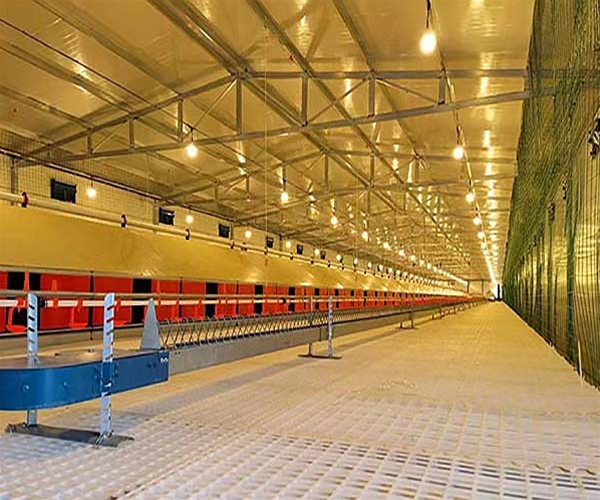As global agricultural production shifts towards higher efficiency and sustainability, modern poultry farming technologies have become critical for increasing productivity and ensuring food security. Recently, a large poultry farm in Malaysia introduced the Shuohui fully automatic three-tier Layer Chicken Cage system. This system has significantly enhanced the farm’s production capacity, optimized space utilization, and reduced labor costs. In this article, we will explore how this advanced Layer Chicken Cage system has brought high-efficiency production, economic benefits, and sustainable development to the farm.
1. Layer Chicken Cage System Optimizes Space Utilization and Enhances Farming Efficiency
The farm is divided into two buildings. Each building measures 100 meters long, 50 meters wide, and 5 meters high. It houses 12,000 chickens per building, for a total of 24,000 chickens. By introducing the Shuohui fully automatic three-tier Layer Chicken Cage system, the farm maximized vertical space. This significantly increased the number of chickens it can house.
In traditional farming models, limited floor space often restricts the number of chickens and egg production. The Layer Chicken Cage system solves this problem. The three-tier design makes the most of the available space. Each chicken has enough room to move, eat, and drink, while the farm’s footprint remains compact. This spatial optimization not only improves the chickens’ comfort but also allows the farm to house more chickens. As a result, overall egg production is increased.
2. Advantages of Shuohui Fully Automatic Layer Chicken Cage System
The Shuohui fully automatic three-tier Layer Chicken Cage system integrates several advanced technologies. These innovations make it highly efficient and cost-effective for poultry farms:
- High-Density Housing, Space Savings: The three-tier design allows more chickens to be housed in less space. Each chicken has enough room to move freely within its assigned space. This vertical system maximizes space usage, leading to increased egg production without expanding the farm’s footprint.
- Automated Management, Reducing Labor Input: The fully automated system handles key tasks such as feeding, manure removal, and egg collection. Automation reduces the need for manual labor, lowering operational costs. It also increases management efficiency. Farm staff can now focus on overseeing operations instead of performing routine tasks. This reduces labor costs significantly.
- Smart Environmental Control: The system includes temperature, humidity, and ventilation control. These features ensure that the farming environment remains optimal for egg production and chicken health. Additionally, the automated manure removal system helps maintain hygiene by regularly removing waste. This reduces the risk of disease and improves the chickens’ overall health.
- Improved Egg Quality: The automatic egg collection system efficiently gathers eggs, minimizing damage caused by manual handling. This ensures higher egg quality and reduces waste. Moreover, the precise feeding system and regular health monitoring contribute to the chickens’ well-being. This results in better egg production.
3. Increasing Production Capacity and Economic Benefits: The Impact of Automation
After implementing the Shuohui fully automatic three-tier Layer Chicken Cage system, the farm’s production efficiency and economic returns improved significantly. Intelligent management and fully automated operations now ensure around-the-clock production. This guarantees optimal egg production and high-quality output.
Furthermore, automation has lowered both labor and operational management costs. With fewer staff required for manual labor, the farm can maintain high production levels at a lower cost. This has led to improved profitability. The farm can now meet local market demand while expanding its capacity to serve international markets.
4. Sustainable Development and Environmental Responsibility: Automation for Green Farming
Sustainability and environmental responsibility are crucial in modern agricultural production. The Shuohui fully automatic three-tier Layer Chicken Cage system was designed with these factors in mind. The automated manure removal system helps manage waste efficiently. This prevents pollution, which is often associated with traditional farming methods. Additionally, the system’s energy-saving design reduces energy consumption and lowers carbon emissions. This makes the system more eco-friendly and aligns with sustainable farming practices.
By utilizing space more efficiently, the farm reduces its dependency on land resources. This helps protect the surrounding ecosystem. The intelligent management system and automated equipment improve both production efficiency and resource use. This ensures the farm’s long-term environmental goals are met.
5. Looking Ahead: Smart Automation Leading the Future of Poultry Farming
As agricultural technology continues to advance, automation, intelligence, and environmental sustainability will be key drivers in the evolution of the poultry farming industry. The introduction of the Shuohui fully automatic three-tier Layer Chicken Cage system has brought modern farming practices to the forefront. It provides a valuable model for the global egg production industry.
Looking forward, more farms will adopt intelligent, automated systems to enhance efficiency, reduce costs, and improve egg quality. These innovations will help meet global food security challenges while promoting sustainable development in the farming sector.
This large poultry farm in Malaysia has successfully implemented the Shuohui fully automatic three-tier Layer Chicken Cage system. It has achieved both modernization and high-efficiency production. The success of this farm offers valuable insights for the global poultry farming industry and drives the shift toward smart, sustainable farming practices.

